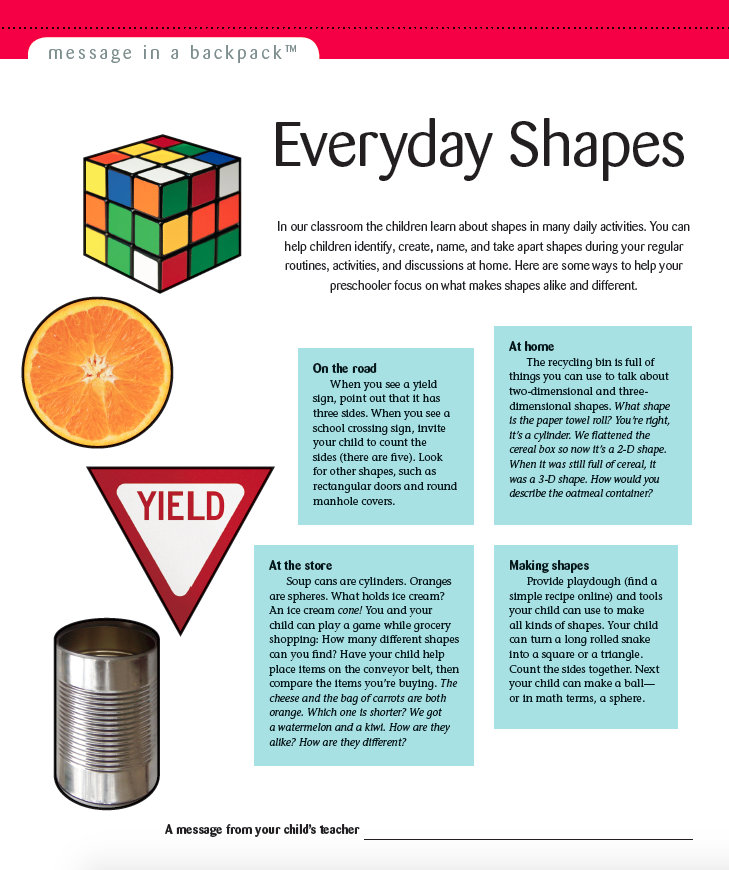Message in a Backpack™ Everyday Shapes
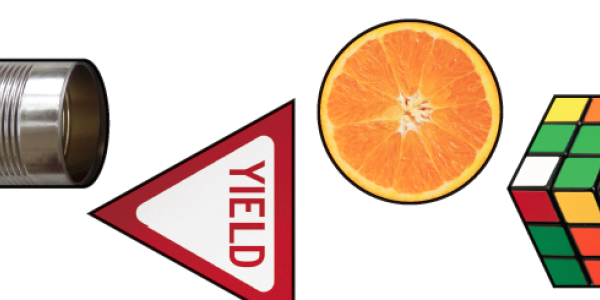
You are here
In our classroom the children learn about shapes in many daily activities. You can help children identify, create, name, and take apart shapes during your regular routines, activities, and discussions at home. Here are some ways to help your preschooler focus on what makes shapes alike and different.
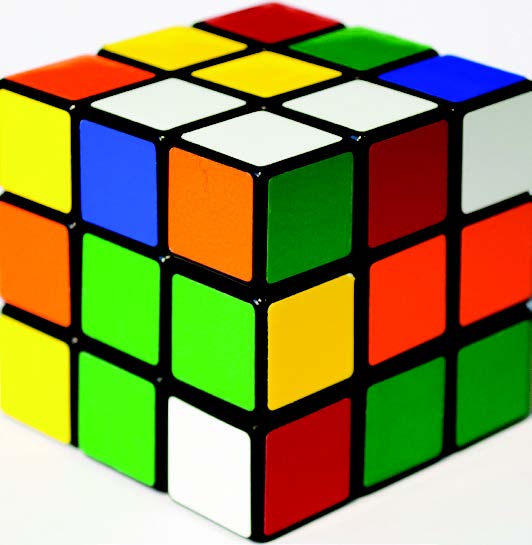
On the road
When you see a yield sign, point out that it has three sides. When you see a school crossing sign, invite your child to count the sides (there are five). Look for other shapes, such as rectangular doors and round manhole covers.
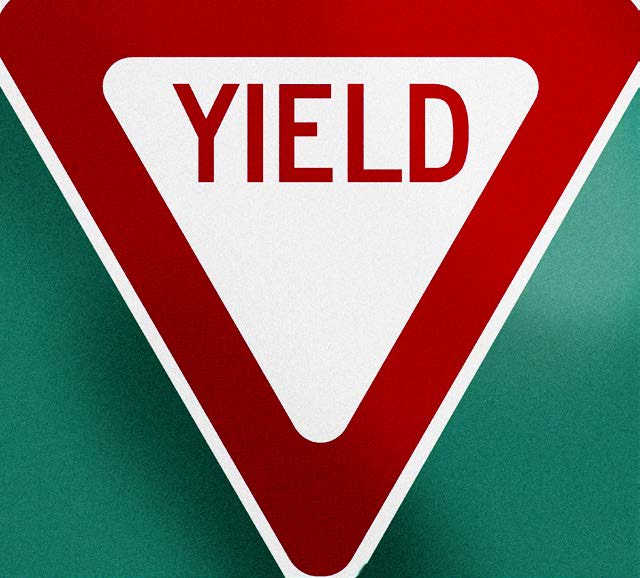
At home
The recycling bin is full of things you can use to talk about two-dimensional and three-dimensional shapes. What shape is the paper towel roll? You’re right, it’s a cylinder. We flattened the cereal box so now it’s a 2-D shape. When it was still full of cereal, it was a 3-D shape. How would you describe the oatmeal container?
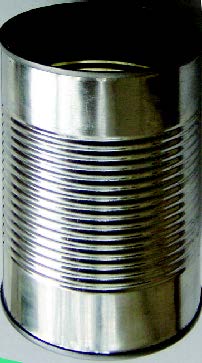
At the store
Soup cans are cylinders. Oranges are spheres. What holds ice cream? An ice cream cone! You and your child can play a game while grocery shopping: How many different shapes can you find? Have your child help place items on the conveyor belt, then compare the items you’re buying. The cheese and the bag of carrots are both orange. Which one is shorter? We got a watermelon and a kiwi. How are they alike? How are they different?

Making shapes
Provide playdough (find a simple recipe online) and tools your child can use to make all kinds of shapes. Your child can turn a long rolled snake into a square or a triangle. Count the sides together. Next your child can make a ball— or in math terms, a sphere.
Message in a Backpack™ is available online in Spanish. Visit NAEYC.org/tyc to start reading now!
